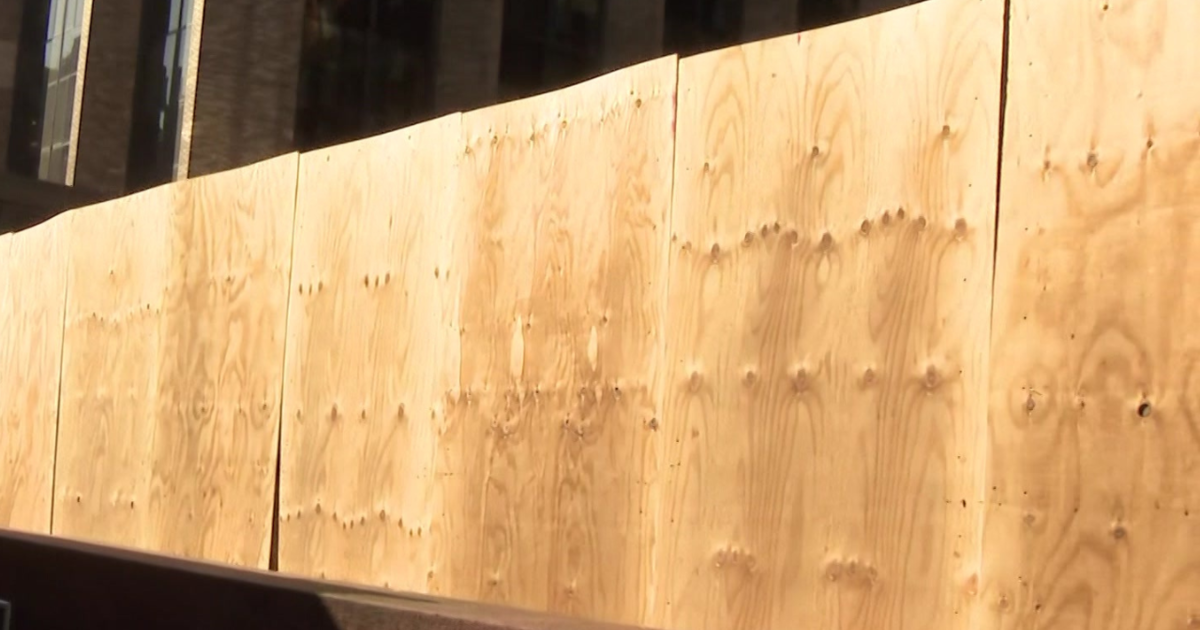Injury Breakdown: Shouldering the Pain
by Abby Sims
Erik Bedard, a Mariners pitcher who has spent much time on the DL, and I have one thing in common, and no, you guessed correctly, it is not the value of our contracts! We compared notes recently on our shoulders, as both of us had labral repair surgery in the last year – Erik's was in September and mine three months later. He had two anchors to secure his labrum to the bone and mine required five. As Bedard said to me, "Wow, you'd never pitch again!" He's probably right about that, but actually, I feel fortunate just to be back in the clinic working with patients. It has taken awhile. As for pitching, I hope to be able to see Erik return to the rotation sometime soon.
As I write this I am sitting in the stands at Safeco Field under a sunny and brilliant blue sky; it doesn't always rain in Seattle, though this season has been closer to that stereotype than is the norm. I'm watching warm-ups and listening to the music that fills the almost empty ballpark – it is magical. There is something so special about the rituals of baseball that it is almost spiritual…. Anyway, I digress…back to business…
What is a labrum?
The labrum is a fibrocartilagenous structure that is attached to the socket of the shoulder and hip joints. In both cases, the labrum deepens the socket in order to provide more stability for the joint. By almost cupping the rim of the rounded head of the humerus at the shoulder and that of the femur at the hip, the labrum allows for the extraordinary ranges of motion at these "ball and socket" joints while protecting them from dislocation. Ligaments (which connect one bone to another at each joint) and the joint capsule (which surrounds each joint and its ligaments) are the primary structures that serve to provide joint stability. At the shoulder, some of these ligaments attach directly to the labrum.
The Labrum is also the uppermost attachment of the long head of the biceps, the muscle in the upper arm whose primary function is to bend (flex) the elbow. Interestingly, studies have shown that the long head of the biceps also plays a large role in providing shoulder stability. It follows then that a labral tear that disrupts the origin of the long head of the biceps has an even greater impact on stability than one that does not. These are the ones that require surgery.
How can a labrum tear?
The most common injury to the labrum is not so much a tear as a dislocation of its upper (superior) end, running from the front (anterior) toward the rear (posterior) end of the structure. This is known as a SLAP Tear (Superior Labrum, Anterior to Posterior). Traumatic mechanisms of injury involve falling onto the shoulder, suffering a blow directly to the shoulder, or a dislocation – all of which are common in contact sports. Most shoulder dislocations affect the anterior (front) compartment of the shoulder and occur with trauma while the arm is elevated and outwardly rotated, as when going for a rebound in basketball.
Labral tears are also common amongst throwing athletes, hence Erik Bedard's injury. Repetitive activities that stress the anterior compartment, like the cocking position of pitching, or other overhead sports can stretch the stabilizing structures of the front of the shoulder joint, stressing the labrum and creating tears from explosive motion and degenerative tears from wear and tear. This is especially the case when the rear (posterior) portion of the joint capsule is too tight.
Are labral tears usually isolated injuries?
On occasion, surgery to repair the labrum is accompanied by other procedures such as that to tighten up or repair the joint capsule (generally a Bankart repair, which repairs the front of the capsule). Tears of the capsule and ligaments are usually from dislocation and, when involved, these must be restored to protect the shoulder from recurrent injury.
The shoulder may also require debridement, a procedure to simply clean out the joint, smooth any fraying portions of the rotator cuff (the tendons of four muscles that attach right next to each other at the shoulder), and also to remove any bone spurs that are found. Rotator cuff involvement and spurring may occur due to altered mechanics of the joint after injury but tears of the rotator can also occur from trauma (such as dislocation).
Studies have reported that approximately 40% of those with SLAP Tears also have some issues with the rotator cuff. Unfortunately, my surgery involved all of these procedures – debridement to smooth a partial rotator cuff tear, clear away a spur and decompress the area under the clavicle, a Bankart repair of the anterior lower joint capsule and the ultimate five-anchor SLAP Repair. My pitching days are definitely over and the empathy I have for my patients is at an all-time high!
Why does it take so long to recover from a SLAP Repair?
After any surgery to repair a structure, there is generally a six-week period of time during which the most important thing is to protect the repair and allow for a healing response of the involved tissues. For the SLAP Repair at the shoulder, this means wearing a sling and not performing any significant activities with the arm. A post-operative shoulder is stiff – range of motion is restricted as a result of the procedures themselves as well as due to the immobilization that follows. Work to slowly restore mobility is paramount and strengthening of the entire upper extremity (including the forearm and hand muscles) is also crucial to build toward full function and decrease the likelihood that overuse injuries will result from residual weakness. Reduced use during the pre-operative period of injury, disuse following surgery, and inhibition of muscles from swelling post-operatively all takes a toll on muscle strength. However, it takes normal strength of all the muscles of the shoulder girdle in order to achieve ideal mechanics of the shoulder joint. Without the proper recruitment of the musculature, the shoulder is prone to impingement and other overuse injuries that will be discussed in later columns.
Abby Sims is an orthopedic and sports physical therapist who has been in private practice in NYC for the past 30 years (you may be familiar with her husband, sportscaster & WFAN alum Dave Sims). Abby has a Masters of Science in Physical Therapy from Duke University and has extensive experience working with professional, collegiate and recreational athletes with musculoskeletal injuries – both non-operative and operative. She has also enjoyed lecturing at many medical conferences. Abby looks forward to responding to your questions or writing about topics that you suggest. For more information about Abby, or her practice, please check out www.RecoveryPT.com as well as www.AthletiSense.com.



